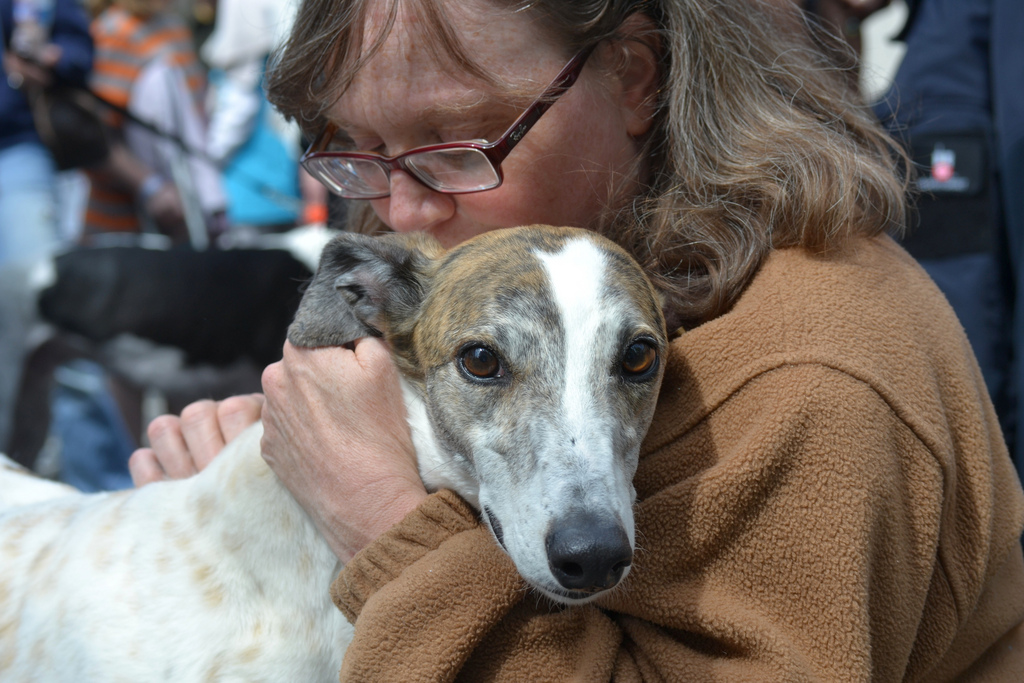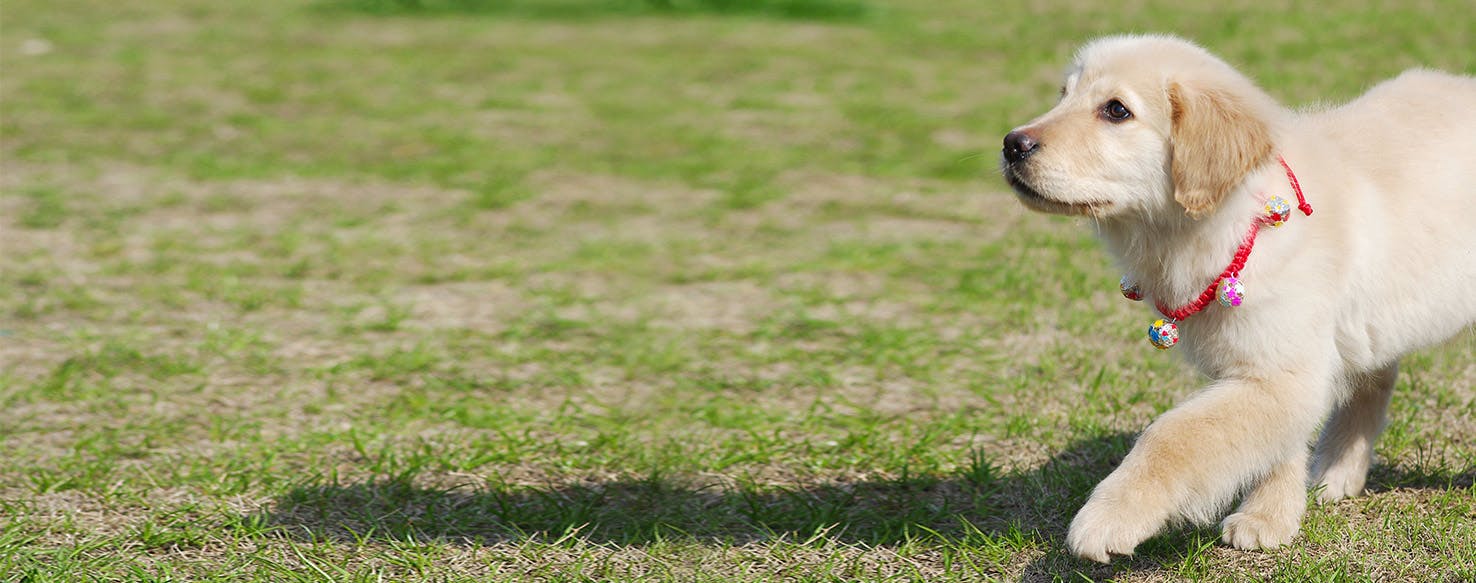Table of Content
It sums up the vectors of distance, and the direction traveled from the starting point in order to create a path that returns a person to the start. This type of movement is a unique method of navigation and is most commonly seen in the wood mouse. The wood mouse actually picks up objects in their environment and places them to be used as landmarks so that they know which way to go on the way back home.
They live in underground colonies and eat the fungus, not the leaves. Because their journeys are farther and more complicated, the scent trail serves to keep them on track. In order to keep the colony alive, red ants venture away from their nest to search for food. They can travel great distances to do so, and when they do find some, they will pick up any morsel in their tiny jaws and carry it all the way back home.
Case Study: High Rat Activity Found Under Deck in Toronto
However, when a group of ants was released with some on stilts, some with normal legs, and some with shortened legs, they all found their way back to the nest. The directional orientation of the carried ants was also confirmed by Fourcassie, Abdallah Dahbi, and Xim . A desert ant can wander for hours in a featureless landscape, but it can usually finds its way straight back to its nest. These ants maintain a sense of direction simply by keeping track of all of their twists and turns.

It might seem surprising that a colony of ants would tolerate the type of guests that gobble both their grub and their babies. But new research shows there's likely a useful tradeoff to calmly ... Ants usually infest your home when you have something they want to eat. If you left food out or dropped some on the floor and didn't pick it up then they will find a way into your house and try to get it.
Scented Clues
When they find a source, they leave behind a pheromone trail that that acts as a map for other ants to follow. This could be food crumbs, spills, pet food, or even water leaks. This is why you may see a sudden influx of ants if there is food available. In addition, ants are attracted to warmth, so they may also enter homes during cold weather in search of a warm place to nest. A scent trail is made up of pheromones that the scout will release to lead other ants to food.
They have a multifaceted set of eyes that make them highly capable of creating a visual map of the world around them. Once they identify a visual landmark, they remember it to help them navigate from point A to point B. By removing the attraction the ants might just pack up and leave you alone. If this happens, there could be an army of ants running around the house in search of everything from grains of sugar to dirty dishes. Honeybees as a model for the study of visually guided flight, navigation, and biologically inspired robotics.
Does Killing Ants Attract More?
From the queen to the solider to the worker as well as the princess and male and makes each carry their own identity smell. Their main operating level of communication, as already mentioned, in more developed ants, is in fact done by the releasing of chemicals called pheromones. They leave these chemicals as a trail wherever they go to and from their nest and are constantly in tune with this chemical. Now this is just the beginning of the communicating level of ants. If you’ve got a problem with ants in the house, there’s not much time to delay before the ant problem grows. Though you can always try some of your own methods for ridding your home of ants, the quickest and most effective thing you can do is call professional pest control.
The queen ant releases pheromones to attract male ants to her for breeding purposes. Not all ants are able to breed, so this is especially important for repopulating the new nest. Studies were done on homing pigeons where they were time-shifted to another zone. However, when the days were overcast, they were able to choose the right direction. This idea led scientists to speculate that birds first use the sun for navigation, and then rely on the magnetic field second on cloudy days. Some animals, such as bees, are susceptible to the polarization of light.
Many animals, especially birds, travel for hundreds, if not thousands, of miles when they migrate south for the winter and back north to their homes. How do they manage not to get lost in the process when there is no way for them to know where to go? Animal navigation, depending on the species, is actually quite fascinating and a complicated process. Ants are smart enough that they can use elemental clues to map their way to a particular location. For instance, they can use the sun to determine which way they need to go.

Individual Cataglyphis foragers set out from their nest and carry out a meandering search, looking for food in the form of an insect or spider that has expired in the extreme heat of the desert sun. When a forager discovers a food item, it picks up the bounty and runs directly back to the nest in a straight line (Wehner, Cheng, & Cruse, 2014). To perform this navigational feat, the ant would need to rely on a compass to record the direction of travel, and an odometer to measure the distance traveled. Desert ants obtain compass information from the position of the sun and the pattern of polarization that it creates in the sky (Wehner et al., 2014). Foraging ants perform odometry by counting footsteps or, more precisely, by integrating the movements of the legs over time (Wehner et al., 2014).
Scientists conducted research on a colony of ants in the hot deserts of Tunisia. The first thing the researchers did was study the nest in the early hours of the morning, before the heat strikes, and marked the area in squares. This would enable them to observe and mark the movements of the ants. Chris - Part of your work is on social structure in insects and how chemicals like pheromones can change how different insects behave. Carpenter ants are the largest species of ants in North America and, unfortunately, one of the most common species to pick our houses for a colony location. Similarly, when it is time for the colony to move, winged ants will seek out a new location.

Your efforts to seal your home and keep ants out is extremely helpful. You want to make it as difficult as possible for these pests to get in. It is just important to realize that treatments and nest destruction are integral to effective control. When confronted with such new landmarks, the ants peeked after walking only 3.2 meters along the 8-meter path, whereas ants on familiar paths could go nearly 6 meters without turning around. The observations reveal that the insects were taking in their surroundings as they walked backward and using them to navigate and decide when to peek. According to some studies, ants use a combination of landmarks and the position of the sun to find their way around.
But if they come across food with plastic wrap, they feel around for an opening until they find a way in. But if something is too heavy even for an ant, a bunch of other worker ants will come help her out. And while most ants are omnivores, meaning that they’ll eat plants, other animals, and all sorts of things. The different foods they like to eat all have different smells, so the ant can smell out which one she wants to bring home. This ability that they have in exploiting resources, at most times, eventually leads ants into conflict with us humans. They can create great damage to our crops and even invade homes and buildings.
And, while we're taking care of those ants, we can take care of all those other pests that pose a threat to your health and your home. Give us a call today to learn more about our year-round pest control plans. Charles Darwin suggested one method of possible navigation called dead reckoning . Animals would determine their current position by taking into account how fast they have traveled in comparison to their starting point. However, there are many other means of navigation that animals are using to get around.

No comments:
Post a Comment